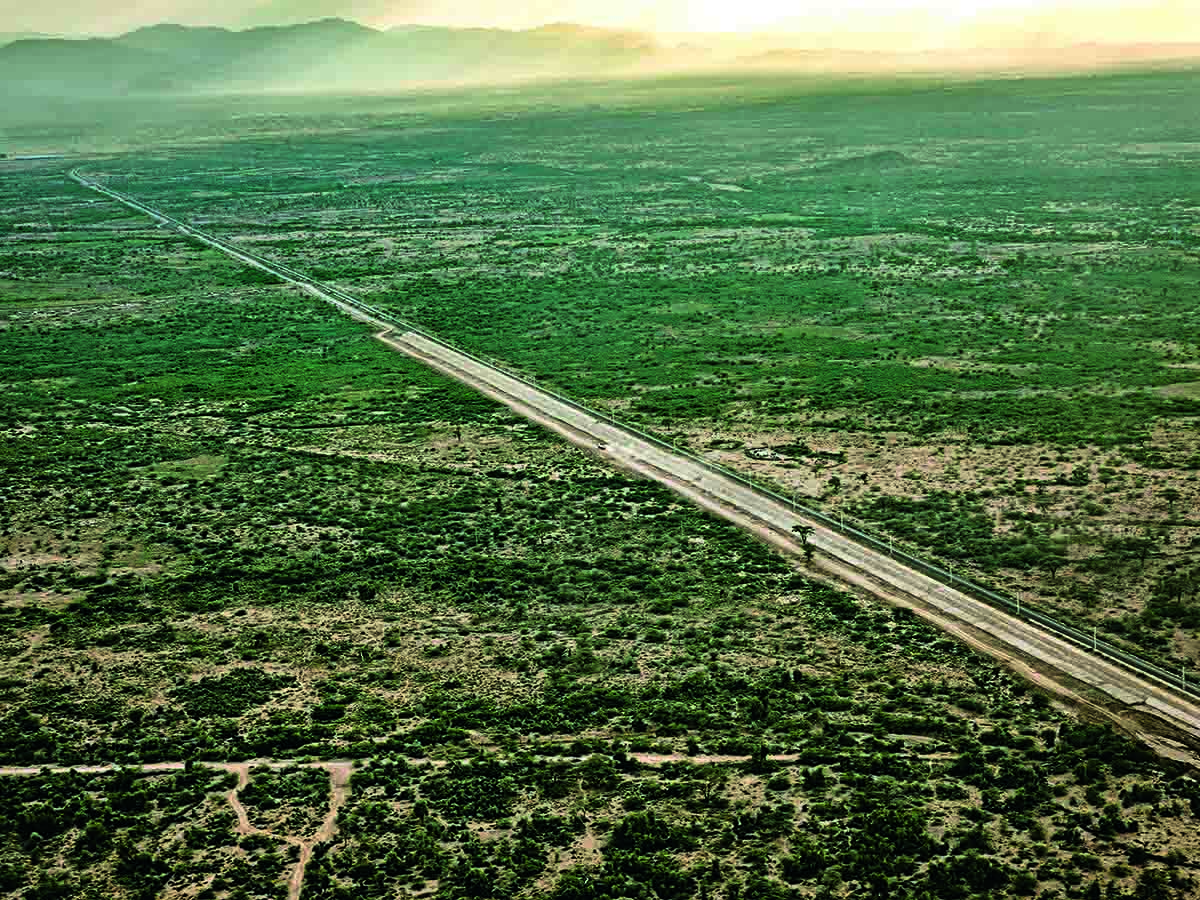Belt and Road Initiative: A New Perspective for Curing the Ailments of Geopolitics

On March 17, 2017, the 15 members of the UN Security Council included the Belt and Road Initiative and the concept of building “a community of shared future for all humankind” into a resolution for the first time, signifying that China’s contributions to improving global governance have been widely recognized by the international community.
Looking back at human history, especially Europe’s history of geopolitics and international relations, it is easy to see mankind has frequently chosen less-than-ideal paths and implemented many dangerous ideas. Considered by many the “father of the modern nation-state,” Cardinal Richelieu, France’s prime minister between 1624 and 1642, was the first political figure to introduce the concept of “raison d’état,” a political theory that holds that the interests and needs of the state can take precedence over traditional moral and international law. Richelieu aimed to place a check on the dominance of Europe by the House of Habsburg, but the concept kindled French ambition to rule the European continent. After Richelieu, the focus of international politics shifted from morality to power. The concept of “raison d’état” became a guiding principle of European diplomacy after the signing of the Peace of Westphalia at the end of the Thirty Years’ War (1618-1648). To prevent major powers from maintaining hegemonic influence over smaller countries, the “equilibrium” theory was invented, but it has never lead to ultimate peace. Later, French Emperor Napoleon III and German Chancellor Otto von Bismarck advocated the “Realpolitik” diplomatic thought featuring the pursuit of power, imposing an even greater threat to peace. After World War II, two superpowers, the United States and the Soviet Union, vied for supremacy, resulting in the Cold War. The United States became the sole superpower when the Cold War ended, but the wars have not ceased.
The economic globalization that began in the 1980s triggered the miracle of the Four Asian Tigers, namely, Hong Kong, Singapore, South Korea and Taiwan, as well as the rise of many emerging economies including China as a whole. The 2008 international financial crisis dragged both developed countries and emerging economies into recession. The wealth gap widened, far-rightist forces surged and economic populism gained steam. Turbulence in the Middle East has fueled terrorism, making it a great threat to safety in the 21st Century.
Such factors pose enormous challenges for mankind. How to achieve prosperous growth, safeguard the morality of social systems, promote win-win cooperation between countries and maintain world peace has become the aim of the entire world. In 2013, Chinese President Xi Jinping announced the Silk Road Economic Belt and the 21st-Century Maritime Silk Road, collectively known as the Belt and Road Initiative. The Initiative is a well-conceived response and solution to the new challenges facing all of mankind.
Four years have passed since the inception of the Initiative. From the very start, it received heavy attention and support from the international community, especially countries in Central and Eastern Europe. China has already become one of the largest investors in Eastern and Southeastern Europe. A total of 3,000 freight trains have shuttled along 39 rail lines linking China to Europe, facilitating heavy volumes of bilateral trade. Major infrastructure projects in Asia, such as the Jakarta-Bandung High-speed Railway, the China-Laos Railway, the China-Thailand Railway and the Gwadar Port in Pakistan, are all progressing smoothly and on schedule.
In his recently-published book On the New Silk Road: Journeying Through China’s Artery of Power, American writer Wade Shepard wrote that phenomena like a country investing huge sums in another country’s infrastructure have never previously happened, but today the practice is becoming a routine step to make the world closer. In his eyes, this is precisely what President Xi Jinping means by the phrase “community of shared destiny.” Shepard believes that the Belt and Road Initiative creates a mechanism for countries in the center of the Eurasian continent to achieve higher-level development, reap the rewards of globalization and engage in greater political communication.
German Ambassador to China Michael Clauss wrote in an article for the Britain-based Financial Times: “Globalization is about more than trade and economic development. It is about a world order where countries can work together as equals, whether big or small, bound by mutually agreed rules... One of China’s most inspiring proposals for development and stability is the Belt and Road Initiative... China can become a true global leader. It has the potential to prevent a downward spiral into unilateralism, trade wars and less and less political stability in many countries in China’s and Europe’s neighborhood.”
The Belt and Road Initiative integrates the wisdom of ancient Chinese civilization and the experience the country has accumulated during the course of its rapid economic growth over the past few decades, providing a new philosophy for the promotion of world peace and human development. The concept of building a “community of shared destiny” helps people rethink international relations and find a new perspective, and the principles of “policy coordination, facility connectivity, unimpeded trade, financial integration and people-to-people bonds” foster new solutions for problems that plague human development.
Whether achieving peace through war or maintaining peace with a power struggle, traditional geopolitical practices have constantly involved some countries undermining peace for their own interests. The Belt and Road Initiative offers a new perspective with its inclusive aim to build a community of shared future that can benefit all people, promote common development and create eternal peace.
The author is executive editor-in-chief of China Pictorial.